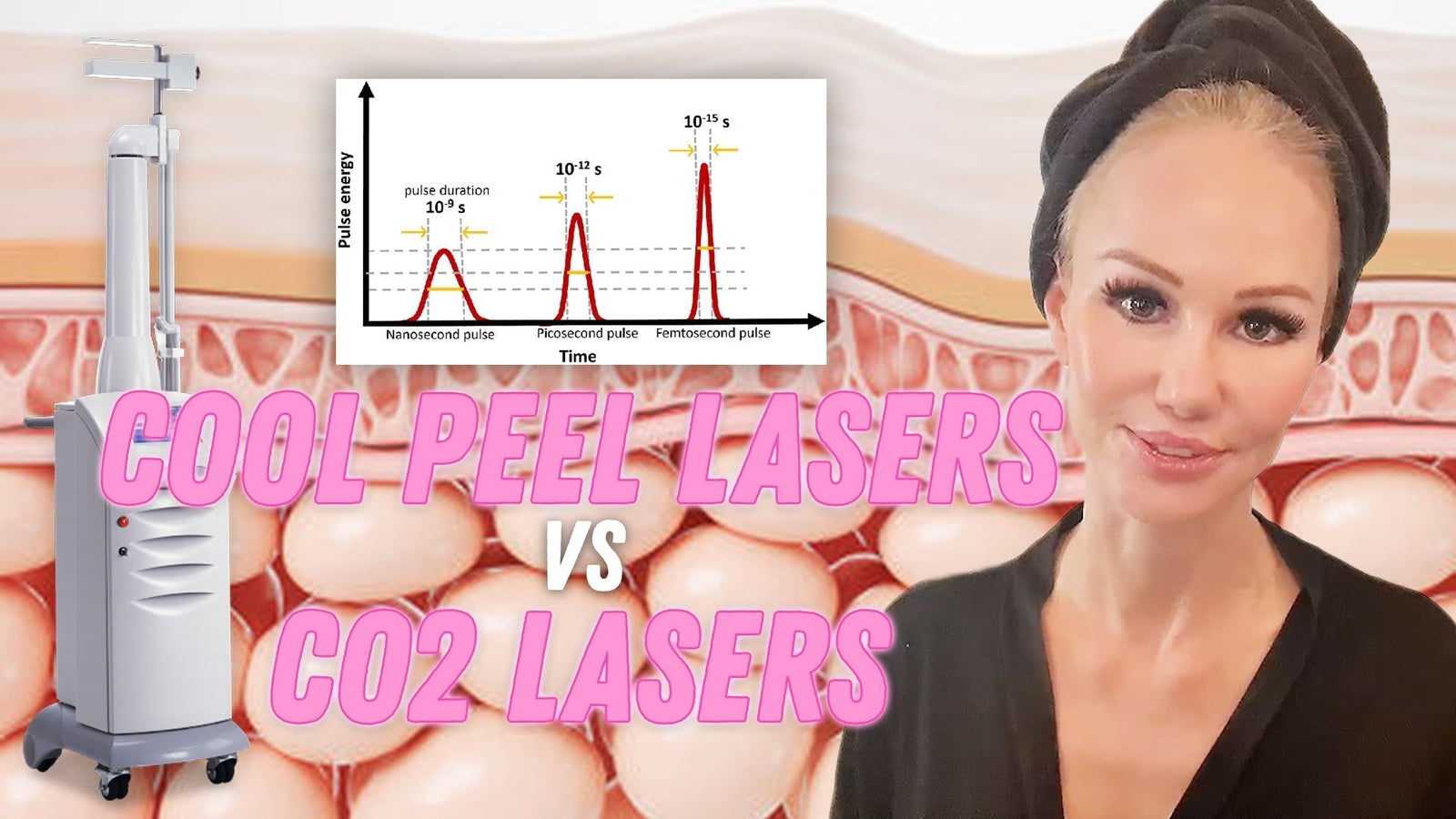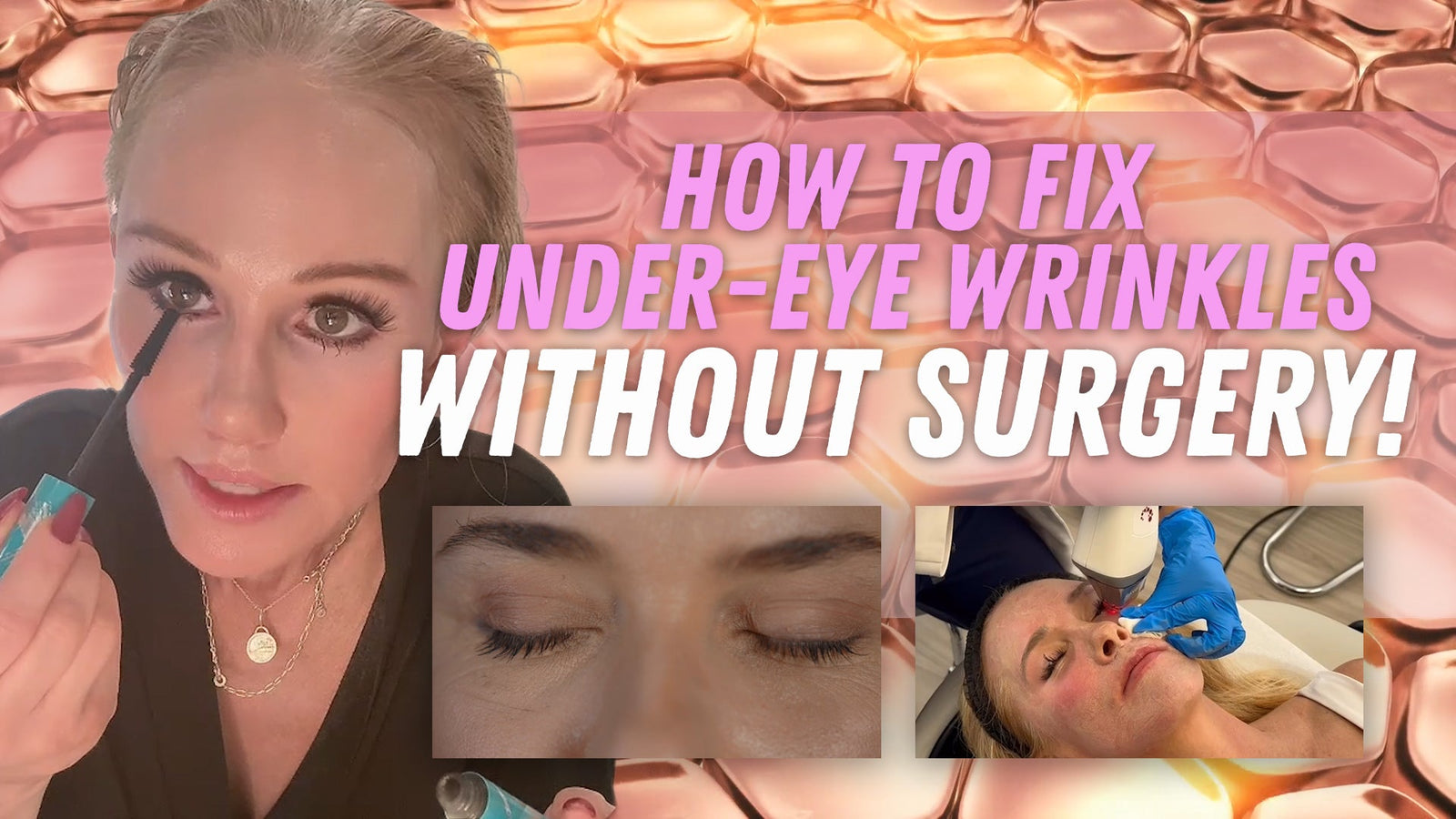Hyperpigmentation – it’s a term we've all heard, but what does it really mean? While those stubborn brown spots often raise questions, it’s essential to differentiate between sun damage, post inflammatory hyperpigmentation and a condition known as melasma. The reasons behind hyperpigmentation are as diverse as the types themselves, and understanding these nuances is crucial in deciding on the most effective treatments. In this article, we'll delve into the distinctions between sun damage and melasma, and outline the treatments that can lead to clear, radiant skin.
And as always if you want to explore a little deeper you can watch the correlating YouTube Video here:
What Is Hyperpigmentation?
At its core, hyperpigmentation occurs when there is an excess distribution of melanin—the pigment responsible for our skin tone. This overproduction can stem from a variety of factors—hormonal changes, UV exposure, heat, or even environmental pollutants. Each trigger influences the melanocytes, the cells that produce melanin, causing them to go into overdrive. When observing skin affected by hyperpigmentation under a microscope, irregular patches of melanin distribution become evident. This inconsistency can detract from our skin’s overall vibrancy and health.
Differentiating Between Sun Damage and Melasma
The visual and clinical characteristics of sun damage and melasma reveal significant differences. Sunspots, or solar lentigines, typically manifest as well-demarcated brown spots often scattered across sun-exposed areas of the skin. In contrast, melasma tends to present itself as a more diffuse, lace-like pigmentation pattern, commonly found on the cheeks, upper lip, neck and forehead. Knowing these distinctions empowers individuals to seek the right treatments tailored to their specific needs.
Melasma frequently exacerbates due to hormonal fluctuations, making it paramount to recognize its triggers—birth control, pregnancy, or even seasonal variations in UV exposure. Conversely, sunspots remain relatively stable regardless of hormone levels. Identifying the underlying type of hyperpigmentation is essential to formulating an effective treatment plan.
Targeted Treatments for Clear SkinOnce you understand the root cause of your hyperpigmentation, you can explore suitable treatment options. Here are a few non-surgical solutions:
- Laser Treatments: Various lasers, such as the PicoSure and Fraxel, target different depths of hyperpigmentation. The effectiveness of these lasers hinges on selecting the right type and setting, tailored to the specific pigmentation you are dealing with.
- Chemical Peels: Light peels can briskly exfoliate the skin, removing uneven layers and promoting a more uniform complexion. Peels containing ingredients like glycolic acid can help to renew and refresh the skin.
- Topical Treatments: Incorporating active ingredients into your skincare regimen is vital. For example, vitamin C is renowned for its ability to inhibit melanin production, while retinoids promote cellular turnover to help fade existing pigmentation. Hydroquinone may also be utilized judiciously under professional guidance.
- Sunscreen: Don’t overlook the importance of daily sun protection. Using mineral-based sunscreens with active ingredients like zinc oxide not only shields the skin from harmful UV rays but also prevents further pigment formation.

The Role of Maintenance and Education
Achieving clear skin is merely half the battle; understanding ongoing maintenance is crucial for prolonging results. Treatments can clear pigmentation, but consistent use of the right skincare acts as a protective barrier against future hyperpigmentation.
In a market flooded with misinformation, education is key. Consulting with a qualified dermatologist can help you navigate the myriad of options available while tailoring an approach that best suits your unique skin needs.
As we strive for beautiful, glowing skin, remember the significance of understanding both hyperpigmentation and its sources. With the right knowledge and treatment strategies, you can achieve the flawless complexion you desire, empowering yourself with skin confidence that lasts.
MDAIRE Duo's and Trio's for Hyperpigmentation and Melasma
We have a couple of bundled products that are best for patients who are wanting to tackle hyperpigmentation and melasma.
MDAiRE™'s Correct and Protect Duo provides a powerful solution to correct damage and protect your skin from further harm. The duo combines two essential products that work together to brighten your complexion and reverse signs of aging, addressing common skin concerns such as discoloration, sun damage, and uneven texture.
- Vitamin C-FK Brightening Complexwith a proprietary blend of four forms of Vitamin C it neutralizes harmful free radicals caused by UV exposure, helping to reduce hyperpigmentation and reveal a brighter, more even skin tone.
- RXR Retinol Anti-Aging Serum is encapsulated in a solid lipid to minimize irritation, this gentle yet effective retinol serum works to repair damaged collagen and elastin fibers, improving skin texture and firmness. The RXR Retinol induces cell turnover, which helps to fade dark spots and promote a smooth, radiant complexion.
The Brightening Trio is designed to rejuvenate and illuminate your complexion, offering three targeted products to brighten, hydrate, and protect your skin.
- Vitamin C-FK Brightening Complex: A powerful 15% Vitamin C blend with Kojic Acid, this serum brightens and defends against environmental damage.
- Regenerative ECM Eye Complex: Formulated with Niacinamide, Green Tea extract, and Caffeine, it brightens and firms the delicate eye area, reducing dark circles and puffiness.
- NMF Hydrator Barrier Repair: This lightweight cream locks in moisture, reinforces the skin barrier, and leaves your skin feeling soft, supple, and healthy.
Until next time my beauties- Be well and keep loving your skin



